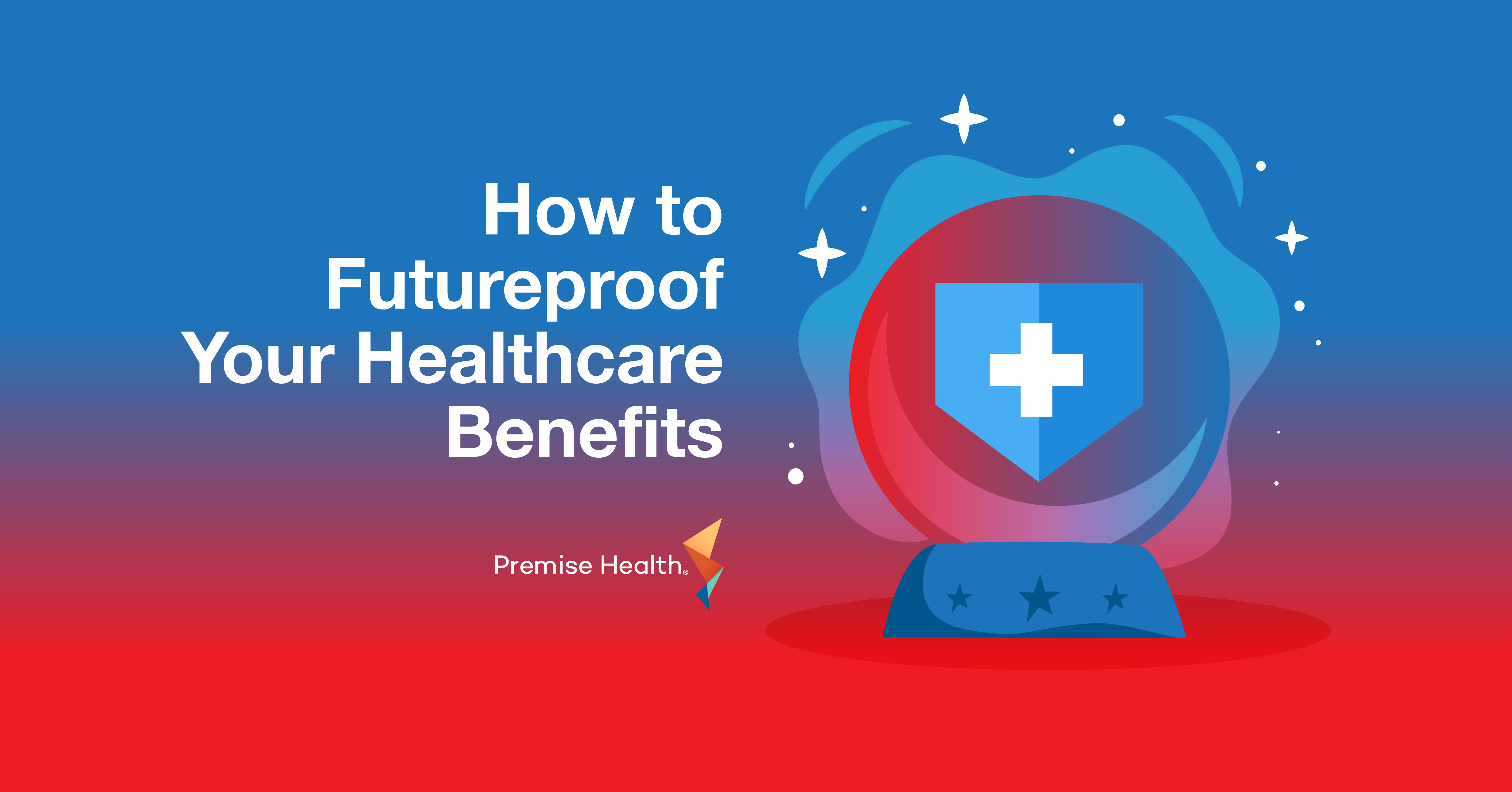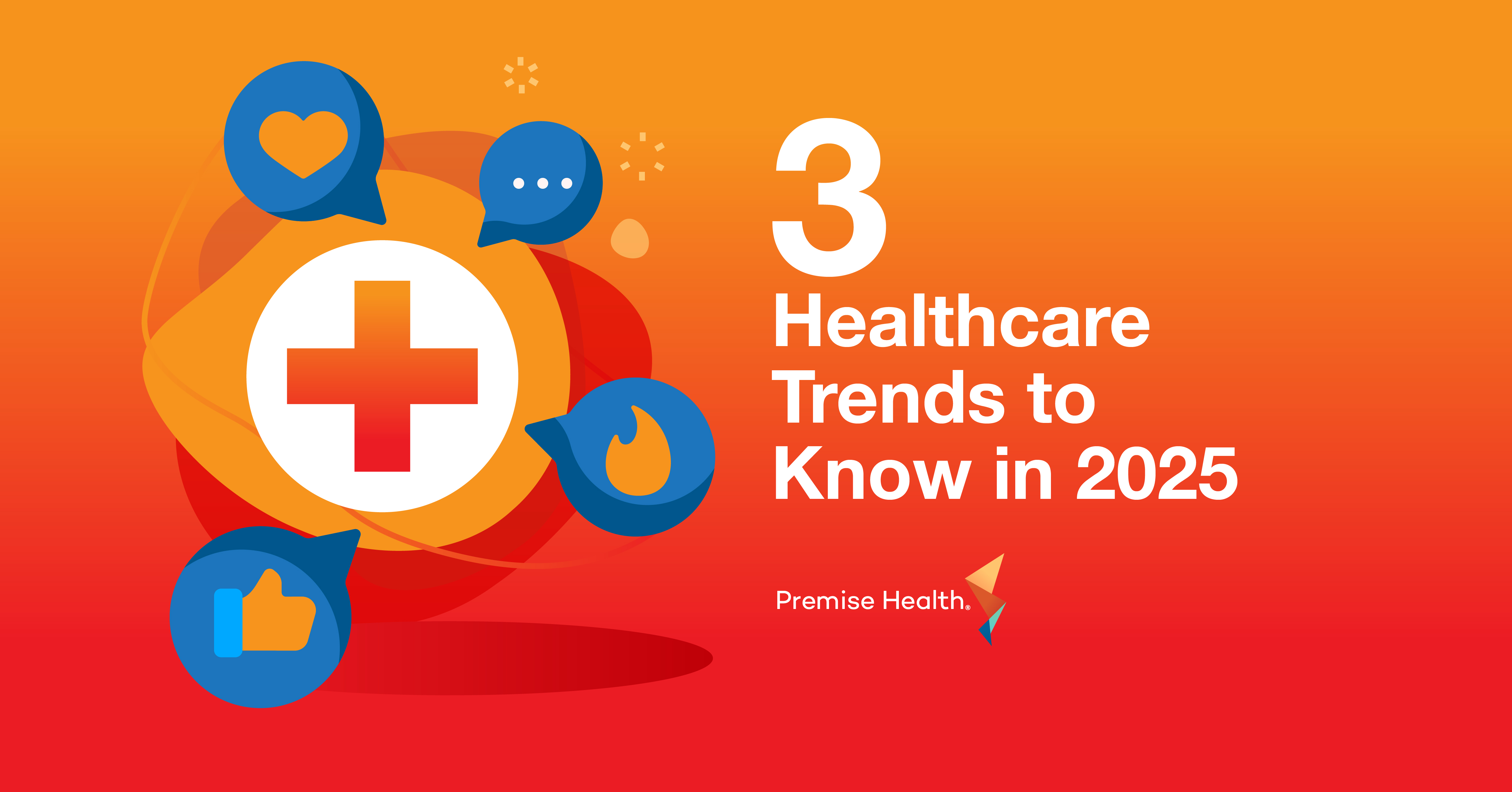Designing Advanced Primary Care Benefits: A Primer for Payers
As healthcare costs continue to rise year over year, health plans and other risk-bearing organizations are seeking access to advanced primary care for their member populations.
Once organizations know why advanced primary care matters, the next step is to consider what forms an effective advanced primary care resource for health plan members. Building an effective advanced primary care solution starts with a foundation of whole-person healthcare benefits then adds the right combination of healthcare services for your population. Let’s look at the five foundational elements that turn “primary care” into “advanced primary care.”
Primary Care
Your plan members likely have had challenges with traditional primary care in the community. They may have struggled to get an appointment, spent too much time in waiting rooms, or been surprised by a higher-than-expected bill. The model of primary care that exists in most communities today fails to support members and health plans alike with quality, convenience, and reduced costs. Instead, it makes members frustrated and unlikely to interact with primary care at all.
A better approach to primary care is needed. Primary care built on a patient-centered medical home model is the core of any advanced primary care solution. This care should be convenient and accessible – including digital and in-person access points – while being low cost. This can be achieved through a combination of same- or next-day appointments, convenient locations, and low or waived copays. This model creates an experience that encourages members to fully take part in their healthcare while improving clinical outcomes.
Why is it so important for your members to regularly see a primary care provider? We’ve seen when members engage more with primary care, downstream care needs and total cost of care go down. Effective primary care improves health and lowers costs for you and your members.
Pharmacy
Community pharmacies struggle to provide effective support or convenient experiences. Many people equate pharmacy trips with long lines and expensive prescriptions. However, when dedicated pharmacy services are offered solely to your population it benefits members in a few ways.
Easier access, more face time, and the ability to build relationships with their pharmacist makes it more likely that members fill prescriptions and take their medication when and how they are directed to. Pharmacy is not usually included as part of an advanced primary care model, but we believe its inclusion maximizes outcomes and value for members and payers alike.
Increased medication adherence increases savings for members and payers alike by reducing drug spend and helping manage chronic conditions – some of the biggest drivers of healthcare cost.
Behavioral Health
Advanced primary care is built on a whole-person care approach that includes mental health. Caring for body and mind is crucial to truly being well. But many don’t know where to begin or struggle to find a behavioral health counselor accepting new clients. Even if they establish a relationship, many face out-of-pocket cost barriers.
Incorporating behavioral healthcare into the primary care environment can remove cost and access barriers. Having a behavioral health professional integrated into your member’s primary care team enables collaboration with the member’s PCP, elevating the level of care the member experiences. Furthermore, you’ll be able to reduce cost and access barriers for your population — caring for them both body and mind.
Care Management
Chronic conditions are a significant cost driver in healthcare. Unless support is given to plan members to help them get care early — or prevent chronic conditions when possible — a vicious cycle of costly specialist or emergency visits can begin.
Chronic condition management can support members of your population who need help the most. With care management, members who are managing a chronic condition or who are at-risk can receive guidance from a dedicated care manager. The care manager leverages available data to provide regular check-ins, work with members on their care plan, and help them navigate their healthcare journey with their primary care provider and community specialists.
Care Navigation
Cost and quality can vary widely, even between providers at the same facility. Two specialty practices right next to each other could have drastically different costs for the same procedure, and there is little way for your members to know the quality of care they’ll receive beforehand. That’s why the ability to quarterback members to the high-quality providers when they need specialty care is crucial.
Care Navigation is a referral navigation service that can guide a member’s care journey to high-value community providers. Warm hand-offs and concierge support simplify a member’s journey and help them receive care when and where it works best for them. Members and health plan can be confident in the outcome and cost of the care received.
It’s important that health plans design their overall benefits on a strong foundation of advanced primary care services. When health plans integrate pharmacy and behavioral health services into primary care, and support members throughout their healthcare journey, both members and payers can see lower healthcare costs and better outcomes.
Next on industry insights.

How to Futureproof Your Healthcare Benefits
Read the Blog
Why Partnering with an AAAHC Accredited Organization is a Win for Your Workforce
Read the Blog